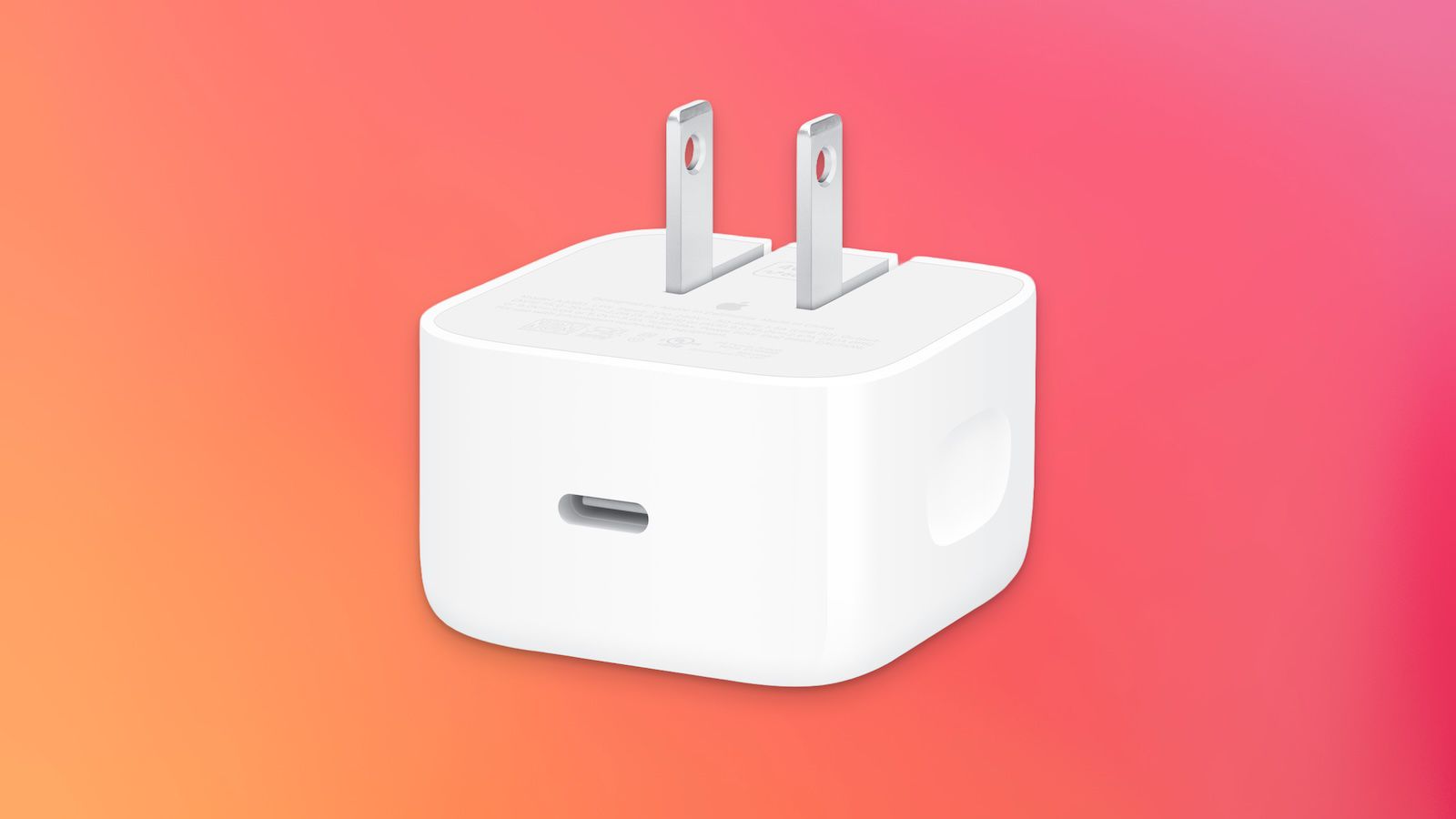[Submitted on 7 Nov 2025]
Authors:Anthony Ransford, M.S. Allman, Jake Arkinstall, J.P. Campora III, Samuel F. Cooper, Robert D. Delaney, Joan M. Dreiling, Brian Estey, Caroline Figgatt, Alex Hall, Ali A. Husain, Akhil Isanaka, Colin J. Kennedy, Nikhil Kotibhaskar, Ivaylo S. Madjarov, Karl Mayer, Alistair R. Milne, Annie J. Park, Adam P. Reed, Riley Ancona, Molly P. Andersen, Pablo Andres-Martinez, Will Angenent, Liz Argueta, Benjamin Arkin, Leonardo Ascarrunz, William Baker, Corey Barnes, John Bartolotta, Jordan Berg, Ryan Besand, Bryce Bjork, Matt Blain, Paul Blanchard, Robin Blume-Kohout, Matt Bohn, Agustin Borgna, Daniel Y. Botamanenko, Robert Boutelle, Natalie Brown, Grant T. Buckingham, Nathaniel Q. Burdick, William Cody Burton, Varis Carey, Christopher J. Carron, Joe Chambers, John Children, Victor E. Colussi, Steven Crepinsek, Andrew Cureton, Joe Davies, Daniel Davis, Matthew DeCross, David Deen, Conor Delaney, Davide DelVento, B.J. DeSalvo, Jason Dominy, Ross Duncan, Vanya Eccles, Alec Edgington, Neal Erickson, Stephen Erickson, Christopher T. Ertsgaard, Bruce Evans, Tyler Evans, Maya I. Fabrikant, Andrew Fischer, Cameron Foltz, Michael Foss-Feig, David Francois, Brad Freyberg, Charles Gao, Robert Garay, Jane Garvin, David M. Gaudiosi, Christopher N. Gilbreth, Josh Giles, Erin Glynn, Jeff Graves, Azure Hansen, David Hayes, Lukas Heidemann, Bob Higashi, Tyler Hilbun, Jordan Hines, Ariana Hlavaty, Kyle Hoffman, Ian M. Hoffman, Craig Holliman, Isobel Hooper, Bob Horning, James Hostetter, Daniel Hothem, Jack Houlton, Jared Hout, Ross Hutson, Ryan T. Jacobs, Trent Jacobs, Melf Johannsen
et al. (86 additional authors not shown)
Submission history
From: David Hayes [view email]
[v1]
Fri, 7 Nov 2025 18:09:25 UTC (3,174 KB)
.png)




